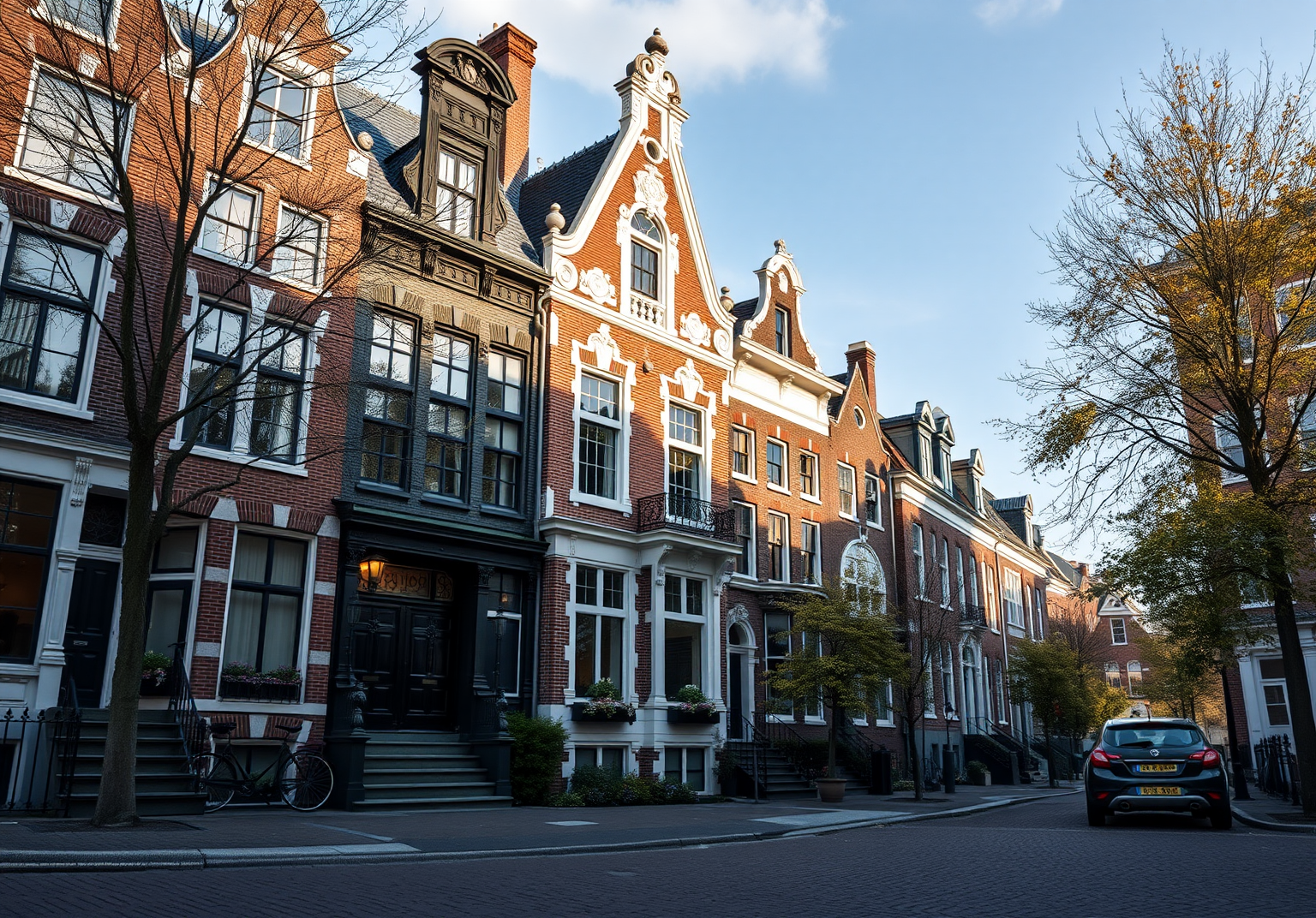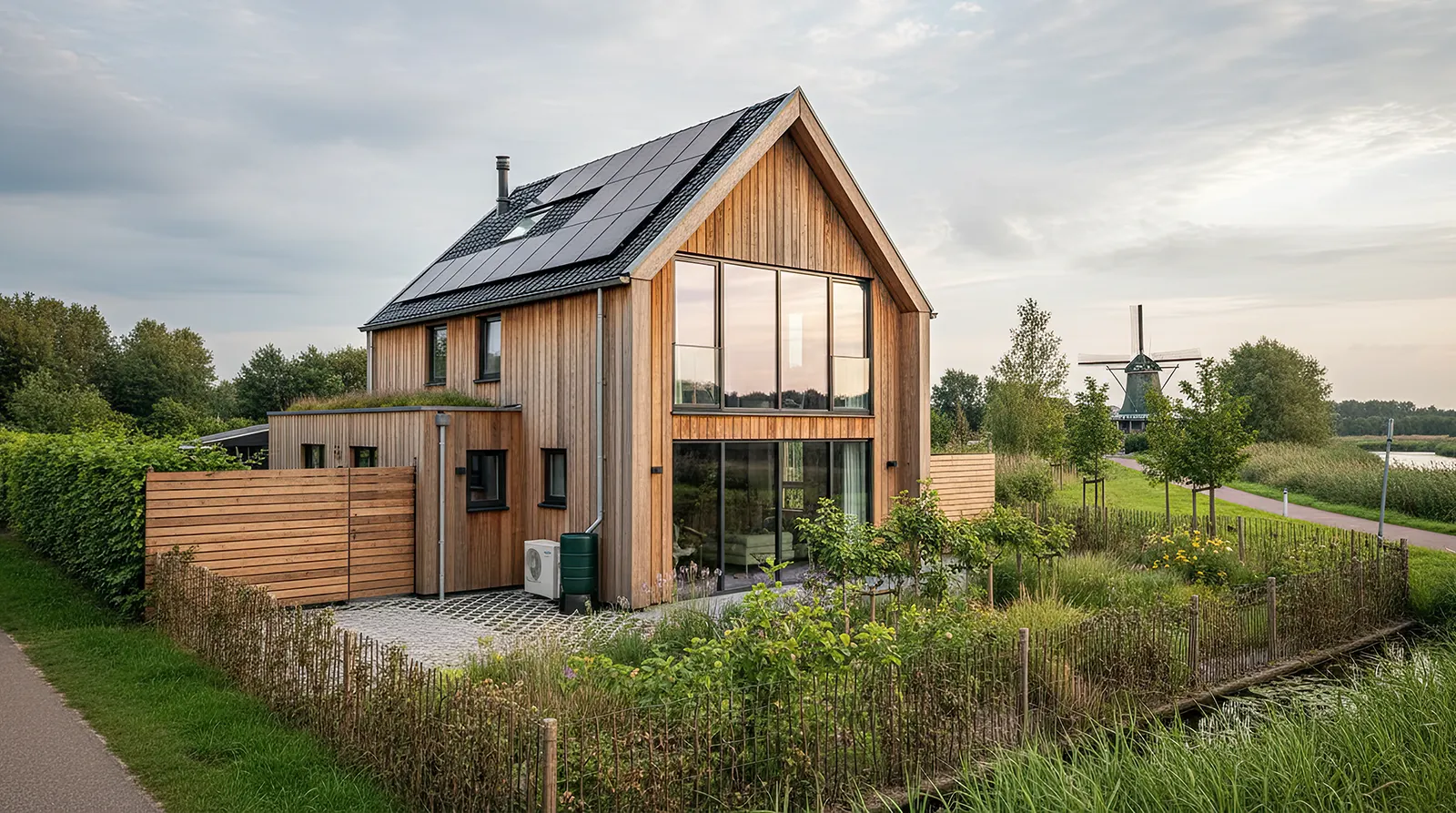Renovating Historic Homes in Amsterdam: How to Preserve History Without Breaking the Bank
Introduction
Renovating historic homes in Amsterdam is a delicate balance between preserving the past and incorporating modern comforts. The city, known for its rich architectural heritage and cultural significance, presents a unique challenge for homeowners and architects alike. This article will guide you through the process of renovating historic homes in Amsterdam, highlighting key concepts, practical tips, and the importance of preserving historical integrity.
Basic Concepts
Historic Preservation
Historic preservation is the practice of protecting and conserving buildings of historical significance. In Amsterdam, this involves respecting the original architecture and materials of the building while making necessary modern adjustments.
Restoration vs. Renovation
- Restoration: The process of returning a building to its original state, often involving the removal of later additions and the repair or replacement of original materials.
- Renovation: The process of updating and modernizing a building while retaining its historical character.
Architectural Heritage
Amsterdam’s architectural heritage spans several centuries, from the Dutch Renaissance to Art Deco and modernist styles. Preserving this heritage is crucial for maintaining the city’s cultural identity.
Understanding the Context
Historical Significance of Amsterdam
Amsterdam’s historic center is a UNESCO World Heritage site, and many of its buildings are national monuments. This context demands a sensitive approach to renovation, ensuring that any changes enhance rather than detract from the building’s historical value.
Local Regulations
Renovations in Amsterdam must comply with local and national preservation laws. Working closely with preservation authorities is essential to ensure that all renovations meet legal and historical standards.
Steps in Renovating Historic Homes
Thorough Assessment
Every historic renovation project begins with a detailed evaluation of the building’s structural integrity and historical significance. This involves research in archives and on-site inspections to understand the building’s original layout, materials, and construction techniques.
Respecting Heritage
- Maintaining Original Facades: Exterior changes should be minimal to preserve the building’s original appearance. This includes restoring the facade using appropriate materials and styles.
- Preserving Interiors: Historic interiors should be conserved or restored with minimal modern additions. Scientific research into historic decorative painting can help establish the original look of the interior.
Integrating Modern Amenities
While maintaining historical accuracy, it is important to integrate modern amenities to meet today’s comfort and efficiency standards. This can include installing modern heating systems, insulation, and other conveniences without compromising the building’s historical character.
Practical Tips for Homeowners
Choose the Right Materials
Select materials that match the construction period of the house. For example, using hardwood, natural stone, and plaster can help maintain the building’s historical authenticity. Light-colored materials can also enhance the sense of space and light.
Minimize Interventions
Keep interventions to a minimum, especially in areas such as bathrooms and stairwells. Using sliding doors and omitting space-separating elements can help maintain open floor plans and unobstructed views of historic windows.
Custom Carpentry and Masonry
Craft bespoke elements that reflect the property’s era. This includes custom carpentry and masonry work that aligns with the building’s original style.
Case Studies: Successful Renovations in Amsterdam
Amsterdam Canal House
A 17th-century canal house renovation by Serge Schoemaker Architects is a prime example of balancing historical preservation with modern design. The project involved creating a new interior while respecting the building’s exterior and historical context. A small timber-clad staircase was introduced to connect the attic level, enhancing the building’s spatial qualities without altering its exterior.
Rembrandt House
The renovation of the Rembrandt House Museum involved partial renovation using old American pine, a material historically used in Amsterdam’s canal houses. This choice emphasized respect for the building’s history and contributed to cultural preservation.
Specialized Services and Expertise
Structural Restoration
Strengthening the core of historic buildings is crucial for ensuring their longevity. This includes new foundations, antique floor repairs, and facade restorations.
Interior Renovation
Updating interiors while preserving historical elements is a key aspect of historic renovation. This involves careful restoration of original features and the integration of modern comforts.
Custom Solutions
Develop custom renovation plans that respect the building’s history while catering to the homeowner’s specific needs. This ensures that the renovation is both historically accurate and functional.
Why Choose Specialized Contractors?
Expertise in Historical Properties
Contractors with deep understanding of historical architecture can restore and preserve buildings with an authentic touch. They ensure that all renovations comply with local and national preservation laws.
Quality Craftsmanship
High-quality craftsmanship is essential for maintaining the historical integrity of the building. This involves using traditional materials and techniques to ensure authentic restorations.
Conclusion
Renovating historic homes in Amsterdam is a complex but rewarding process. By respecting the building’s historical significance, choosing the right materials, and minimizing interventions, homeowners can preserve the past while enjoying modern comforts. Working with specialized contractors who understand the importance of historical preservation is crucial for achieving a successful renovation that honors Amsterdam’s architectural heritage.
Practical Recommendations
- Consult with Preservation Authorities: Ensure all renovations comply with local and national preservation laws.
- Use Traditional Materials: Choose materials that match the construction period of the house.
- Minimize Exterior Changes: Keep exterior changes to a minimum to preserve the building’s original appearance.
- Integrate Modern Amenities: Incorporate modern comforts without compromising the building’s historical character.
- Seek Expert Advice: Work with contractors who have expertise in historic renovation and preservation.
By following these guidelines, you can ensure that your historic home in Amsterdam remains a testament to the city’s rich cultural and architectural heritage.










